How to Get That Green Stuff Off Your Roof

By IKO.
Learn more about mitigating moss growth and best practices for moss removal.
While moss might give your roof an interesting look, its growth is problematic. A thin layer isn’t cause for concern, but when large clumps of moss appear on your roof several problems will follow such as shingle degradation and an increased risk of leaks. Unfortunately, most recommended moss removal practices that are found online can also damage the shingles, further increasing the likelihood of getting a leak. So, what is the safest way to remove moss from a roof? Continue reading to get all of the answers to your questions regarding moss on your shingle roof.
Why is moss bad for shingles?
You may feel that a bit of moss gives your roof some charm, just as ivy growing up the side of your house might. While moss may be beautiful, it is a detriment to your roof. Here’s why:
Most plants gather water from their roots, but mosses gather water from their leaves. Therefore, they do not mind that shingles, unlike soil, are a dry and relatively nutrient-free environment. They will grow roots directly into the shingles, which can destroy the shingles and create the opportunity for leaks.
When it rains, moss will soak up water and retain it, creating consistently wet conditions on your roof. Moss growth will also interfere with proper drainage of water off the roof as water needs to trickle through or around the moss instead of running straight down to the gutters. The resulting constant exposure to water can degrade shingles.
Over time, moss can also work its way under shingles, lifting them up. This uplift creates opportunities for water to penetrate lower layers of the roof and, potentially, your home.
While minor moss infections may not cause many issues, it is likely to become severe over time. Once you spot moss growth on your roof, you should take steps to resolve it. If you have a severe infection, you may have no choice but to remove the shingles that have been damaged by it. A professional roofer can help you assess what kind of intervention your roof needs.
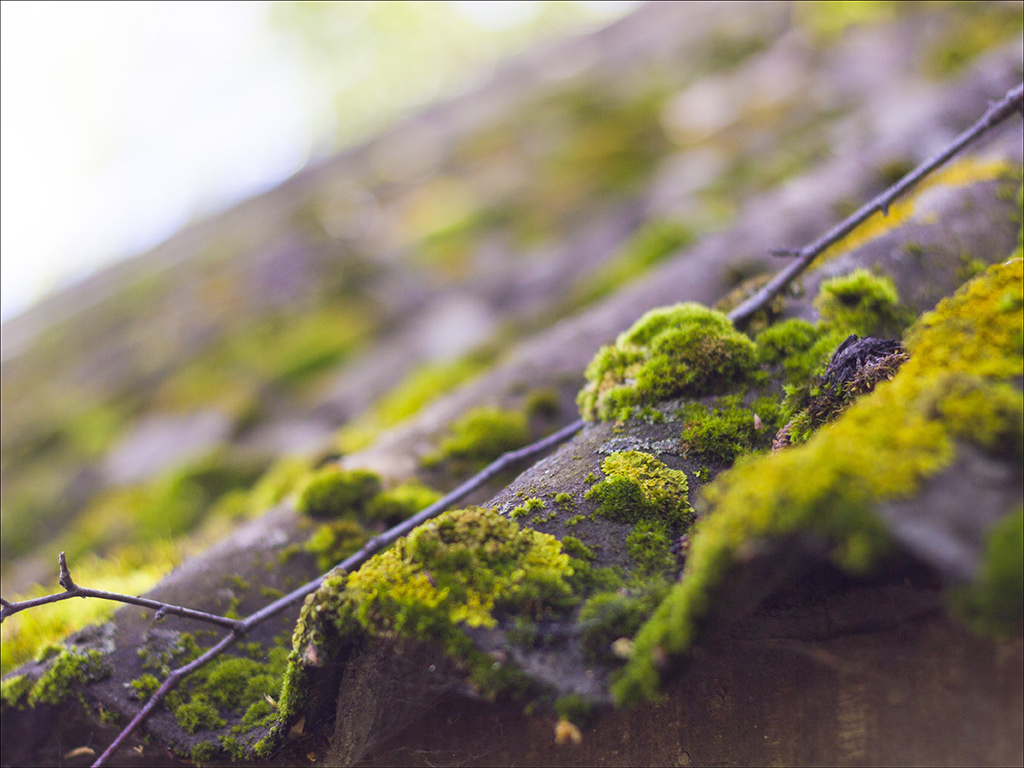
What if the moss appears dead?
If the weather has been consistently dry, moss may appear to be dead. However, some species of moss can stay alive when dried out for months. All it will take is one rain for it to recover and continue growing. If your moss has dried out, take the opportunity to have a roofer remove the moss from the roof.
How to remove moss from a roof
If your roof has sprouted a moss infection, it is recommended you have it removed before it becomes serious enough to impact the performance of your roof. Moss is tough and typically you will not be able to remove it by hand. We don’t recommend that you step on the roof for moss removal. Instead, hire a professional roofing contractor to do this.
Methods you shouldn’t use to remove moss from a roof
Unfortunately, there is a lot of bad advice out there about how to remove moss. While these methods may be effective at removing moss, they may also damage shingles in the process. We don’t recommend:
-
Scrubbing: Scrubbing is likely to damage the asphalt shingles and remove their granules.
-
Pressure washing: Pressure washers can be very strong and certainly strong enough to break a shingle’s adhesive and lift it up. They also can strip asphalt shingles of their granule surface, which can ruin their performance and destroy their color. Any amount of pressure washing can cause serious problems with the roof, including major leaks. Never use a pressure washer or a pressurized stream of water on your roof.
-
Using harsh chemicals: High concentrations of bleach and other chemicals may do permanent damage to the shingles, increasing your risk for leaks.
These methods may also void your limited warranty on the roof. If you’re in doubt about the safety or effectiveness of a moss removal method, consult with a professional roofer. A handful of roofers in areas where moss infections are common do specialize in removing moss. They may be able to do the work for you and, if not, may have recommendations about what your specific roof can benefit from.
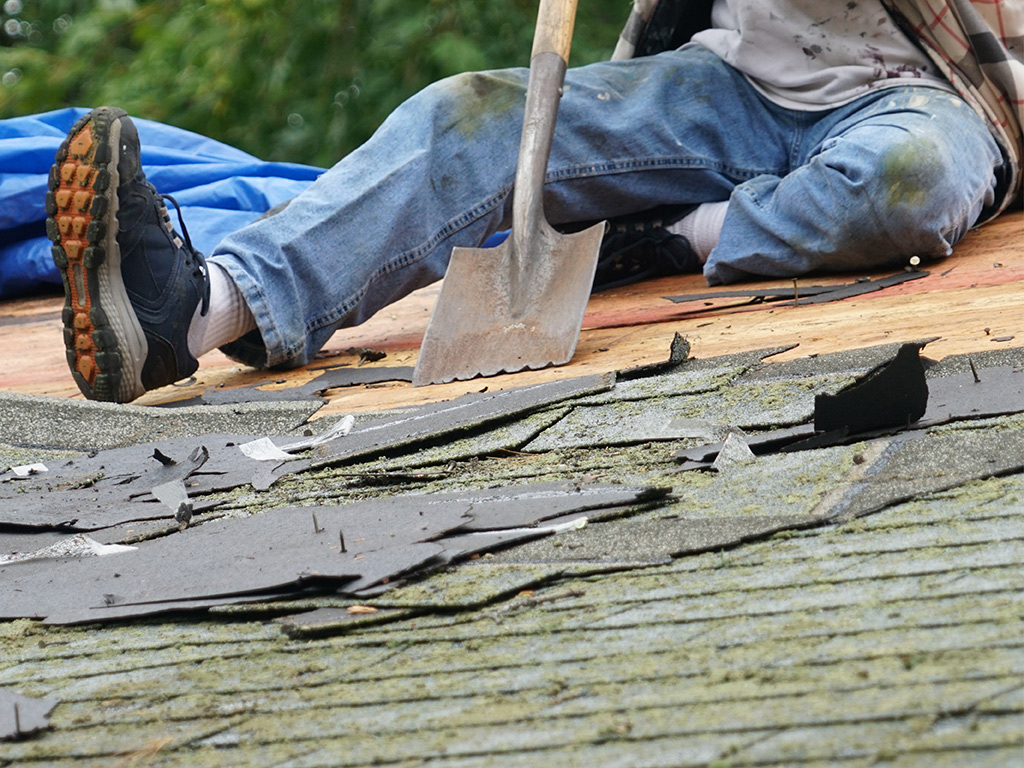
Why shouldn’t I add a new roof over moss?
When you need a new roof, it may be tempting to add a second layer of shingles over your existing shingles. Doubling up your shingles can save time and expense on your roof replacement as your roofer doesn’t need to remove and dispose of the old shingles. This strategy is convenient for homeowners because the replacement won’t take as long or make as much of a mess. However, there are some circumstances where merely adding a new layer of shingles isn’t a good idea.
For example, when you have significant moss growth on your roof, simply covering it up with new shingles isn’t wise. Several potential problems may occur if your roofer simply adds a new roof over your existing, moss-covered roof. These potential problems include:
-
Unknown roof condition: If moss growth is severe, it may have compromised the quality of your existing decking and underlayment. The only way to know for sure is to remove the shingles and look at these other layers. If your roofer doesn’t do this, they may be compromising the quality of your new roof. Damaged underlayment and decking can interfere with the proper function of your new shingles. Moss won’t die immediately and may continue to erode the decking, which increases the risk of a roof collapse.
-
Bumps in the roof: The combination of damaged and swollen decking along with moss growth can make for a new roof installation that is anything but smooth. Bumps and dips in the roof surface can interfere with the proper drainage of water off the roof and prevent the shingles from sealing properly. This uneven surface may also reduce your curb appeal.
-
Unsafe conditions for roofers: Your roofers will need to walk on your old roof to install a new one above it, and moss makes for very unstable ground. It is liable to slip beneath their feet and could cause a fall. While roofers will wear a personal fall arrest system (PFAS) for safety, increasing their likelihood of a fall is not wise.
-
Secondary infections: When moss is cut off from sunlight, it will eventually die. However, the dead moss will still be on your roof, where it may serve as a valuable source of water and nutrients for mold and fungi, which can grow in darkness. If you leave mold in place beneath your new roof, you risk secondary infections that can spread into your attic and harm your home. Rot and mold can harm your structural wood, damage your drywall and make your air quality worse.
-
Voidance of your limited warranty: As it can cause all of the damage listed above, adding shingles over a moss-covered roof may also void your limited warranty on the new roof.
Should you remove moss-covered shingles before you install a new roof?
When you get a roof replacement, you may want to have your roofers install the new roof over top of the old. In certain circumstances, this can help you save money. However, if your old roof has moss growth, can you still use this method?
You may need to deal with the moss before the full roof replacement. Your roofers will need to remove all the shingles on your old roof, or they may need to remove the largest chunks of moss with a pressure washer and then apply the new roof. It is only advisable to use a pressure washer because you no longer need to worry about the condition of the old roof. The new one will offer the protection your home needs.
The benefits of removing moss-covered shingles before a new roof installation
While you may not necessarily have to remove the moss-covered shingles before a new roof installation, you should consider it. There are many benefits of removing the moss-covered shingles, including:
-
Reduce long-term costs: By removing the old roof, you keep the opportunity to double-up roof layers during your next roof replacement. The maximum layers of shingles allowed to be on the roof, according to most building codes, are two. So, once you use this strategy, you must tear off both roof surfaces during your next roof replacement.
-
Maintain home value: Are you planning on selling your home soon? A properly replaced roof is more likely to appeal to potential buyers, while a poorly replaced roof may negatively affect your home value.
-
Avoid the risk of damage: You can avoid all of the risks listed earlier in this article by simply removing all of the moss-covered shingles.
How to prevent moss on your new roof
Now that you have a brand-new roof, you’ll want to take steps to protect it from getting a moss infection as the last one did. Here are a few ways to prevent moss growth on your roof:
-
Remove sources of shade: Moss prefers to grow in the shade, so exposing more of your roof to sunlight will help deter it. You should consider trimming trees that shade out the roof or moving garden features, like pergolas or trellises, so that they do not cast shade on the roof.
-
Choose algae-resistant shingles: Where there’s moss, there is also algae, as they thrive on the same wet and shady conditions. You can avoid an algae infestation by installing algae-resistant shingles, such as IKO’s Nordic™ shingles. Though algae-resistant shingles will not prevent moss, they will help you avoid pesky blue-green algae.
-
Install a metal strip: A copper, zinc or a galvanized metal strip installed on the ridge of the roof can prevent the growth of moss, algae and lichen. The strip will oxidize over time and wash down the roof plane when it rains, making the roof plane much less habitable for moss, algae and lichen. This is also why you might see a gap in the algae or moss growth directly beneath your existing flashing or next to an aluminum-sided dormer. However, it is important to note that adding a copper strip will take time to start inhibiting moss. You shouldn’t expect it to handle a current moss infestation by itself, only to prevent a new one.
-
Get regular inspections: Roofers can often prevent moss growth by ensuring that your roof is draining water properly. They should inspect and clean your gutters at least yearly to avoid the backup water that could attract moss.
What if the moss grows back?
If the moss does return, do not rely on harsh chemical treatments or dry spells to kill it. Chemical treatments may harm shingles as well as moss, creating a more significant problem. Dead moss must still be removed by hand, or it will impede the flow of water off the roof and create issues. It may cause standing water. It may also clog gutters or allow for leaks.
What if I like the moss?
Some homeowners find moss enchanting, like ivy growing up the side of their home. If you’d like to grow moss or other plants on your roof, you could consider investing in a residential green roof. Thin, extensive green roofs are enough to grow succulents and mosses. If you’re interested in taller plants, consider an intensive green roof.
Do you need help dealing with moss?
Whether you need to remove a few moss-infected shingles or replace the whole roof, a professional roofer is your best resource. Reach out to one through IKO’s Contractor Locator.
Have a question? AskARoofer.
Find your local roofing contractor in the RoofersCoffeeShop® Contractor Directory.
Original article source: IKO

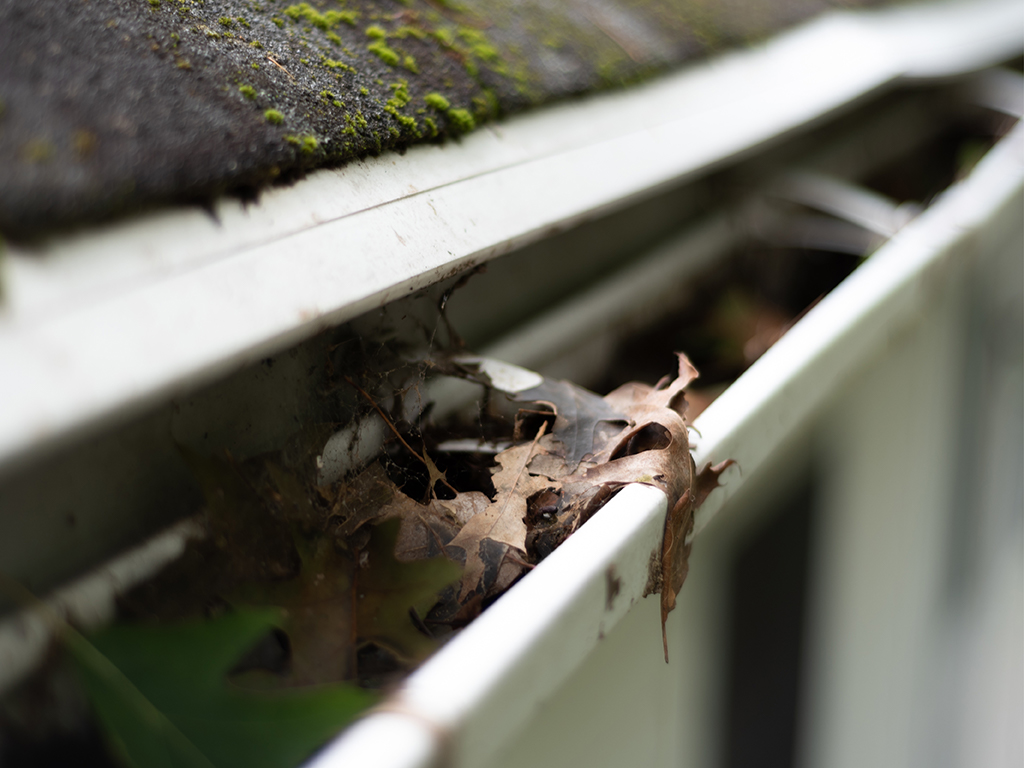
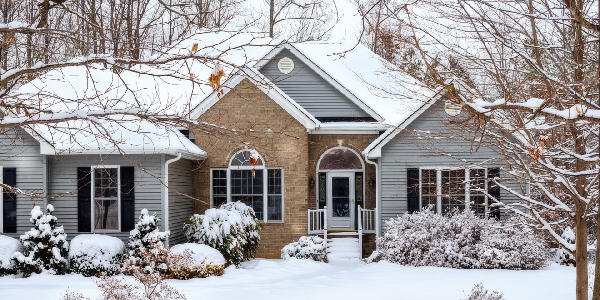
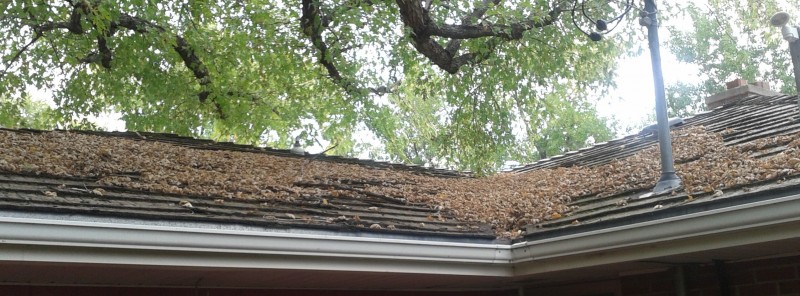







Comments
Leave a Reply
Have an account? Login to leave a comment!
Sign In